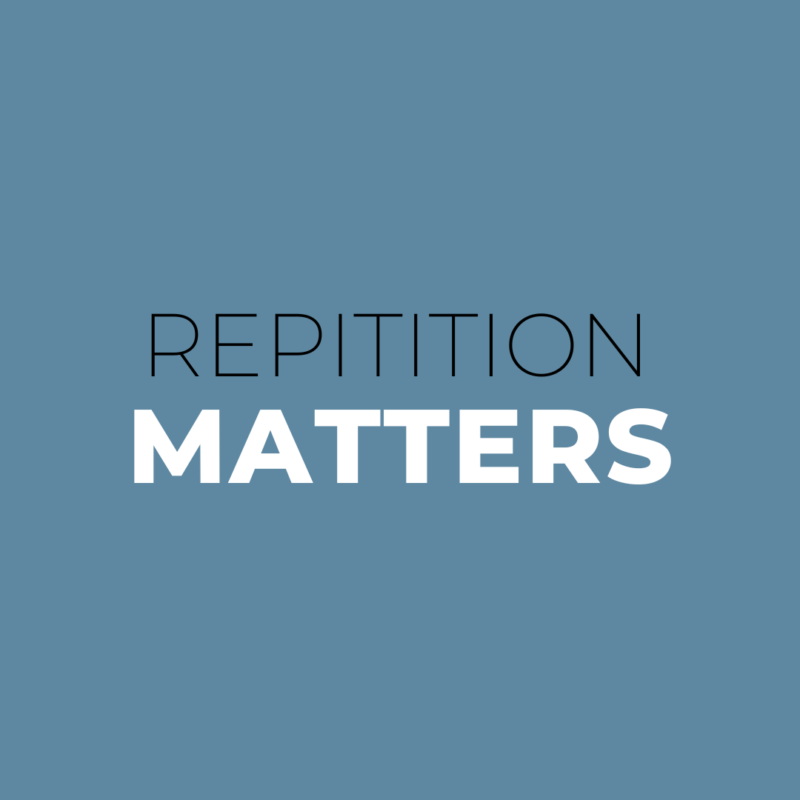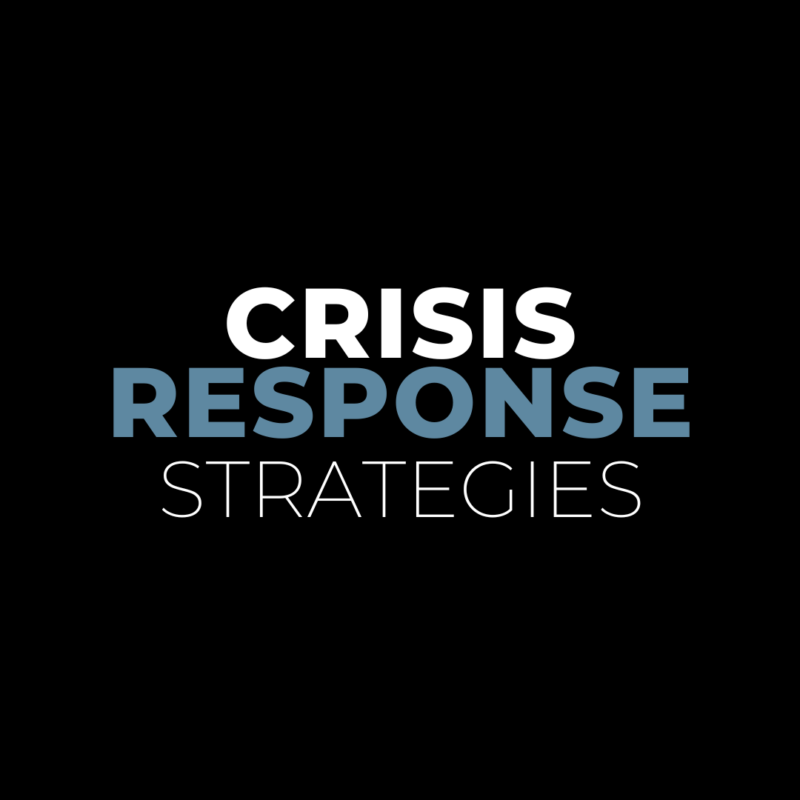Translating big ideas into big stories
I suffer from grand ambitions. I have really lofty, complicated ideas that often fail to translate in reality. Like a Pinterest fail or a DIY project gone wrong, my ideas for stories can start out spectacular and end up bland, incomplete or completely off the mark. Where did things go awry? As with many things in life, the failure starts in the planning.
Telling a story through the media requires multiple people to understand a vision and work toward painting the same picture. But things can easily get lost in translation, especially when the story is large or niche in nature. One industry phrase used incorrectly or a misunderstood question can change the future course of the story, making it unrecognizable from the original story idea pitched. It’s like we’re all painting the same color-by-number piece using a different color key.
As public relations professionals, it is our job to get people on the same page before we pitch, and certainly before an interview is scheduled. We must ensure the reporter understands the essence of the story we’re pitching and that our client understands how to articulate the message clearly. This requires diligent research, careful editing and attentive training.
Make fact-finding your first objective.
One of the easiest ways to keep a story on track is to ensure your ideas align with reality. Oftentimes, we approach clients with story ideas that may or may not be perfectly relevant to their business. It’s the right thing to do – asking questions and posing ideas can sometimes uncover incredible opportunities we would have missed otherwise. But that’s not always what happens. Sometimes when we present an idea, a client may be eager to stretch their knowledge or expertise to provide an answer and land a story. Avoid the allure of this prospect. Seek to find and work only on pitches that tap beautifully into your client’s area of business. Dutifully search for stories that are based in cold, hard facts. This will create pitches with strong foundations, making it harder for things to fall apart later in the process.
Distill your pitch to the key details.
Once you’ve landed on an idea with your client and you’ve uncovered the facts to back it up, it’s time to start chopping. One of the easiest pitfalls to fall victim to is oversharing in your initial pitch. If you believe in a story, it is natural to want to share the entire piece with a reporter. But that’s their job. Your job is to give them enough meat to validate the story’s merit. Tell them why the story matters, who can shine light on the issue posed and what impact their story will have on their readers.
This might seem counterintuitive – to help a story meet your expectations, your inclination will be to lay it all out, providing every detail upfront. But I will argue that providing too much detail can make the story seem disingenuous. If a public relations professional can articulate every detail before a reporter even speaks to the client, what’s the point of an interview? You want to leave the storytelling to the reporter while you focus on creating a good framework.
Coach with candor and consistency in mind.
Interview coaching is the most critical step in shaping a strong story. Just because your client is the topic expert doesn’t mean they know how to explain a story or shape a narrative that anyone on the street can understand. Interview coaching isn’t about preparing canned answers or robotic responses. In fact, excellent coaching should do the opposite. It should empower the interview subject to leverage their expertise in a way that is relatable and meaningful. It should instill confidence that they are both fully capable and expertly equipped to answer any question that comes their way.
What does this look like in practice? When you coach someone in advance of an interview, revert to the facts you uncovered at the beginning of the pitching process. Remind your client about the core truths that they should drive throughout their conversation with a reporter. These key messages should be delivered repeatedly, interspersed with anecdotes and other stories, to ensure a reporter fully grasps the essential elements of the interview.
Read with an open mind.
If you’re like me, media alerts are attended to with bated breath. I am perpetually nervous when I open a news outlet and find my client has made the headlines, even if I arranged the story. But this frame of mind helps me view stories objectively: I wanted to land this story so a third-party, trustworthy entity would have the opportunity to spread this message. That requires me to relinquish control, allow for individual interpretation and leave room for small things that I would probably have changed if my name were on the byline. But that’s OK, and in many cases, it’s ideal. With proper fact-finding, realistic pitching and candid coaching, the end result will be magic anyway. Maybe you were expecting the Sistine Chapel, but should you really be upset that you ended up with David instead?


